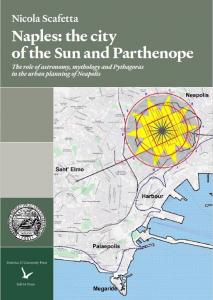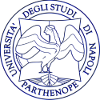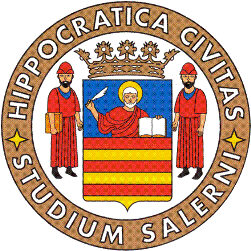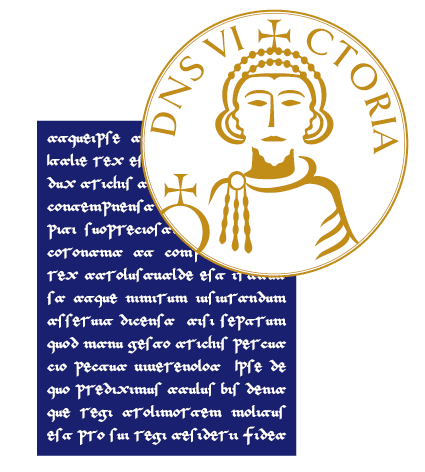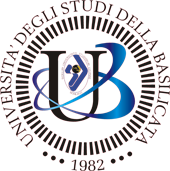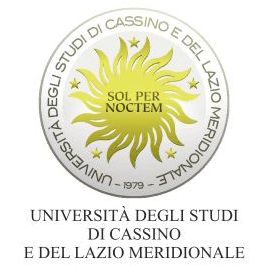Naples: the City of the Sun and Parthenope: the role of astronomy, mythology and Pythagoras in the urban planning of Neapolis
Keywords:
Pianificazione della città antica, Archeoastronomia, Mitologia greca, Cosmologia pitagorica, NeapolisSinossi

Editore: FedOA -Federico II University Press
Collana: Cavoliniana. Monografie della Società dei Naturalisti in Napoli
Pagine: 213
Lingua: Inglese
NBN: http://nbn.depositolegale.it/resolver.pl?nbn=urn:nbn:it:unina-30133
Abstract: Questo saggio svela il segreto più intimo di Napoli attraverso un'indagine archeoastronomica. Viene mostrato che la pianificazione urbana di Neapolis, il suo antico centro greco costruito da Cumani e altri coloni greci nel VI-V secolo a.C., ebbe motivazioni religiose e filosofiche. La pianta stradale e l'orientamento geografico-astronomico delle sue strade evocavano i culti di Apollo (il dio greco del sole) e Partenope (il nume locale, che ricorda la mitica Sibilla di Cuma) durante i solstizi e gli equinozi. La griglia stradale di Neapolis è stata ispirata anche dalla cosmologia pitagorica perché disegnata in base alle proporzioni della sezione aurea e del decagono. Tutti questi elementi resero Neapolis un microcosmo perfetto, o meglio ancora, una città tempio-centrata sul culto del Sole e di Partenope. Infine, sembra che le tradizioni religiose originarie della città abbiano aumentato l'impatto pubblico del martirio di San Gennaro, facilitando la cristianizzazione di Napoli nel IV secolo d.C. Le geometrie, i simboli, gli inni, i dolci, i mosaici e le reliquie delle antiche strade, la cultura e la cattedrale di Napoli conservano ancora l'eredità delle tradizioni solari della città.
Versioni cartacee del libro sono acquistabili on line su tutti i bookstore e ordinabili in libreria:
- Versione Inglese (ISBN: 9791222757278)
- Versione Italiana (ISBN: 9788831657570)
Downloads
